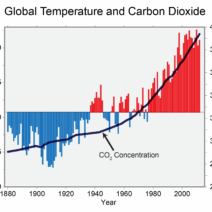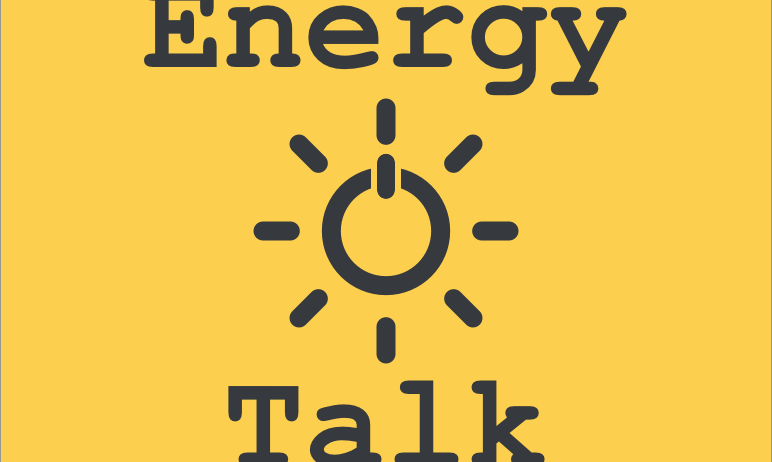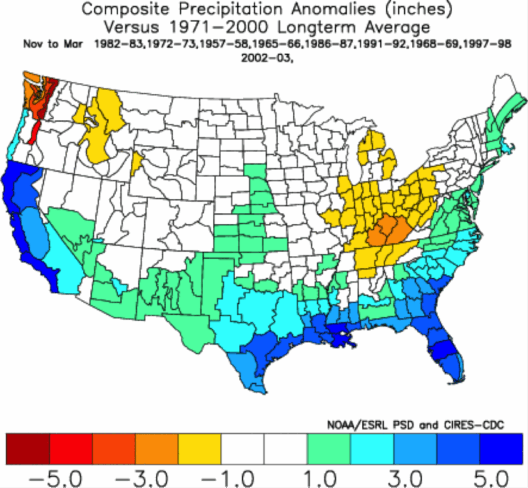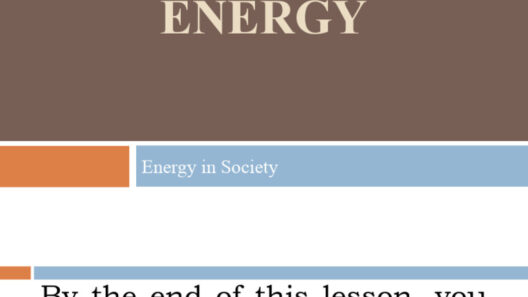In the age of climate awareness, conserving energy is not merely an individual endeavor; it has morphed into a collective responsibility. Conversations about energy saving extend beyond personal habits to the broader societal context. In this intricate tapestry of communication and action, one whispers, “Does talking help you conserve energy?” To unravel this query, it is essential to delve into the social versus physical costs associated with energy conservation.
Consider the analogy of a flickering flame. In a world engulfed in darkness, every whisper can either extinguish or amplify that flame. Just as a community shares stories around a bonfire, discussing energy conservation nurtures an essential awareness that fuels collective action. Society’s dialogue shapes individual actions, igniting a transformative spark in the hearts of many, propelling them toward sustainable choices.
Communication serves as a conduit for information, propelling awareness around energy-saving practices. When individuals engage in dialogue about energy conservation, they are, in effect, fueling an exchange of ideas that can lead to meaningful changes. This interaction generates a ripple effect. One conversation about turning off lights when not in use can cascade into a community-wide movement. A shared narrative that revolves around sustainability can cultivate a cultural ethos where energy conservation is not merely a personal choice but a societal norm.
Yet, as significant as societal discourse may be, it often requires a juxtaposition with the tangible, physical actions that incur costs—both financial and ecological. It is paramount to evaluate whether these physical actions yield more substantial energy conservation compared to mere conversations. This consideration leads to a contemplation of what can be termed as “social costs.”
Social costs encompass the intangible yet palpable expenses associated with fostering conversations about energy conservation. Engaging communities in dialogue often necessitates resources: time, financial investment for educational programs, and even emotional labor. The question arises: Do these investments translate into equivalent or greater savings in energy consumption? Statistical analyses and behavioral studies often reveal a nuanced relationship between discussions and physical conservation measures.
To further illuminate this, consider community workshops aimed at teaching energy-saving techniques—proper insulation methods or the benefits of LED lighting. These gatherings often come with a price tag, but they instigate a robust exchange of ideas. The physical cost in terms of money and time spent organizing is counterbalanced by potentially vast savings in energy consumption and lowered bills. This dynamic poses an intriguing question: Are social expenditures justified if they herald greater physical conservation?
Another layer of complexity emerges when factoring in the emotional and cognitive costs borne by individuals participating in these discussions. Engaging in energy conservation dialogues can sometimes generate cognitive dissonance. Individuals may feel overwhelmed by the enormity of the issue. This mental strain can dissuade them from taking actionable steps in their personal lives. In this light, the cost of conversation risks eclipsing the benefits unless individuals are equipped with the knowledge and motivation to act.
Moreover, as discussions around energy conservation proliferate, the danger of greenwashing lurks in the shadows. Corporations may engage in atmospheric conversations about sustainability while continuing environmentally damaging practices. Thus, a dissonance between conversation and action can lead to a public that becomes desensitized. The weight of empty rhetoric can diminish trust. This erosion of faith in initiatives can ultimately impact future efforts towards energy conservation.
This leads us to consider the physical costs inherent in energy conservation measures. Shifting from dialogue to action necessitates a transition that can often require substantial investment. Replacing traditional appliances with energy-efficient models or retrofitting homes for better insulation are practical steps that consume financial resources initially. These physical costs may deter individuals from participating in energy conservation fully. The paradox here is poignant: Individuals may grapple with the immediate costs, sidelining the long-term benefits of reduced energy bills and environmental impact.
However, it is vital to note that conversation can drive down some of these immediate physical costs. Through social sharing and collaborative efforts, communities can pool resources, creating economies of scale that facilitate more comprehensive energy conservation measures. For example, group purchasing programs for solar panels can mitigate individual financial burdens while simultaneously enhancing community engagement with renewable energy.
While the canvas of energy conservation is painted with broad strokes of dialogue and action, it is crucial to recognize the interdependence of these components. Conversations can cultivate awareness, yet they must be accompanied by physical action to leave a lasting impact on the environment. The relationship between social and physical costs transcends simple analysis, revealing a complex dance—a tango between dialogue and deeds that may well determine the future of energy consumption patterns.
Ultimately, the challenge lies in fostering conversations that catalyze actions without incurring debilitating social or emotional costs. As society wrestles with the reality of climate change, each voice contributes to brushing the portrait of a sustainable future. When discussions transform into shared action, society can progressively lower the physical costs associated with energy conservation, forging a resilient and informed community.
In the collective struggle against climate change, talking does indeed help conserve energy. But as we engage in conversations and share stories, we must remember that words need to translate into actions, illuminating the path toward a sustainable tomorrow. The flame of purpose must not flicker, but burn brightly, fueled by both dialogue and decisive action.








